Infectious Vs Noninfectious Disease
Infectious vs noninfectious disease. A disease that is not contagious is called a noninfectious disease. They are caused by microorganisms called pathogens such as bacteria protozoans viruses etc. Not all diseases are contagious.
Infectious diseases that spread from person to person are said to be contagious. Common types of noninfectious diseases include cancer diabetes and immune system diseases. Symptoms appear progressively in definite stages.
Difference between Infectious and Non-Infectious Disease 1. Symptoms appear suddenly almost at once to their full intensity. Cancer is the second-most common disease that can happen to a person of any age and gender.
Cutaneous adverse drug reactions are among the most common noninfectious rashes of childhood. Epidemiology of infectious and non-infectious disease. May be fast or slow leaf tip death followed by branch dieback due to root rot 1.
Some infections spread to people from an animal or. Atopic dermatitis is one of the most common inflammatory cutaneous eruptions and is characterized by pruritus and flexural distribution. Noninfectious Diseases Explains causes of and risk factors for noninfectious disease with a focus on cystic fibrosis cancer cardiovascular disease and type 2 diabetes.
Non-infectious diseases are those which are not caused by pathogenic microorganisms. The incubation period time of implantation and development of the bacterium fungus or germ prodromal period when the first symptoms begin to appear and clinical period when symptoms and Signs of the disease and are diagnosed by various studies. Cardiovascular diseases are caused by zero physical activity and malnutrition.
Infectious diseases are diseases caused by germs virus fungi bacteria and protozoa. Only a subset of NCDs together with the accrual of multimorbidity advancing age smoking and socioeconomic deprivation were associated with a greater IRR for infection death than for other causes of death.
Epidemiology of infectious and non-infectious disease.
Epidemiology of infectious and non-infectious disease. Non-infectious diseases are those which are not caused by pathogenic microorganisms. Infectious diseases are diseases caused by germs virus fungi bacteria and protozoa. Diseases that spread from one person to another are called communicable diseases. Symptoms appear progressively in definite stages. Noninfectious Diseases Explains causes of and risk factors for noninfectious disease with a focus on cystic fibrosis cancer cardiovascular disease and type 2 diabetes. Epidemiology of infectious and non-infectious disease. Some infections spread to people from an animal or. Viruses are sometimes referred to as microbes because like microbes they are microscopic and can cause disease.
Symptoms appear suddenly almost at once to their full intensity. Infectious diseases are diseases caused by germs virus fungi bacteria and protozoa. Infectious Disease Non-Infectious Disease. May be fast or slow leaf tip death followed by branch dieback due to root rot 1. They do not spread to others and they restrain within a person who has contracted them. Several NCDs are associated with an increased risk of infection death suggesting that some of the reported associations with COVID-19 mortality might be non-specific. A disease that is not contagious is called a noninfectious disease.


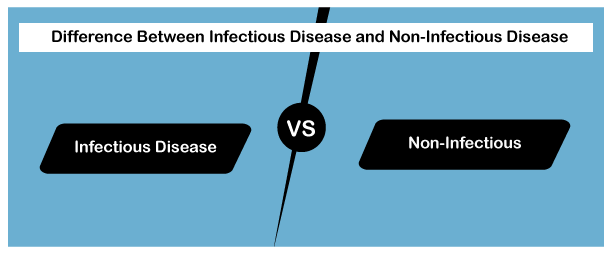
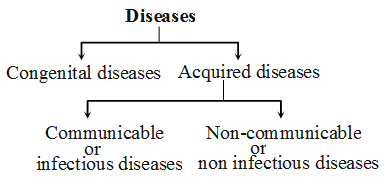








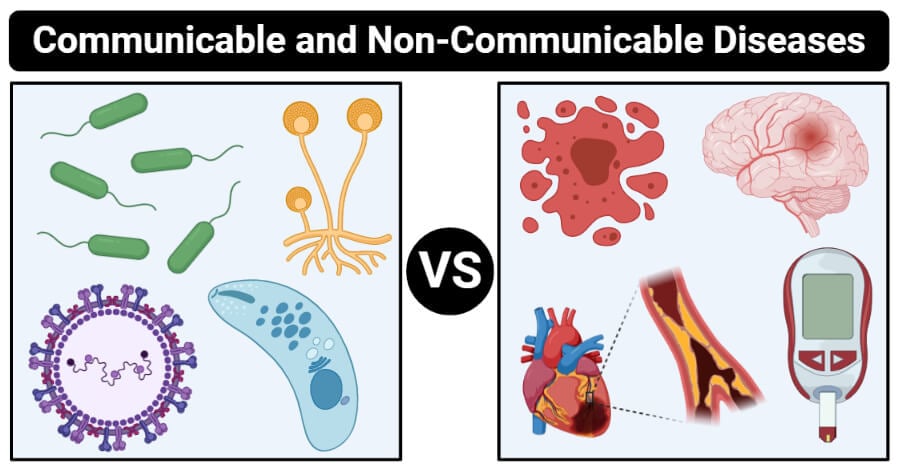
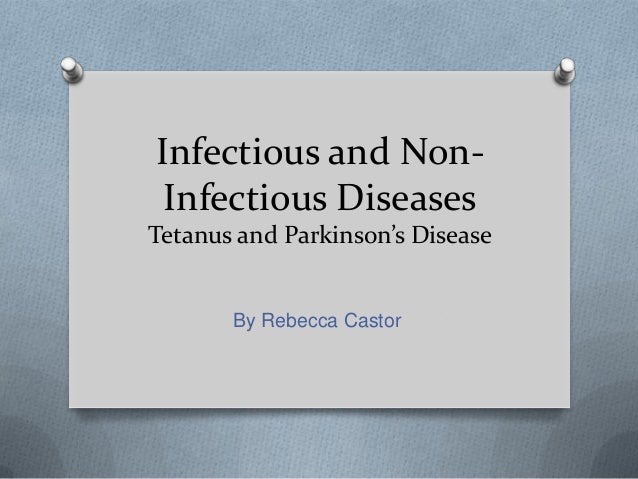

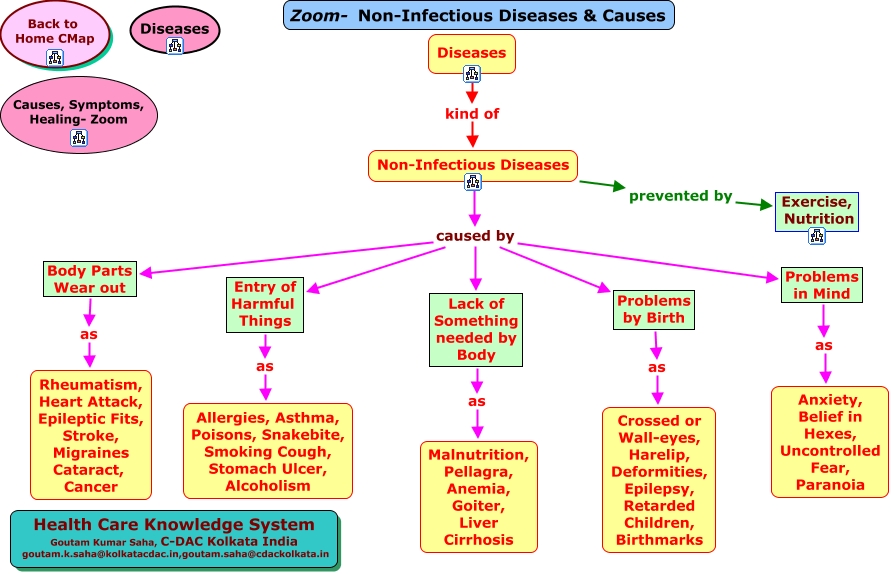
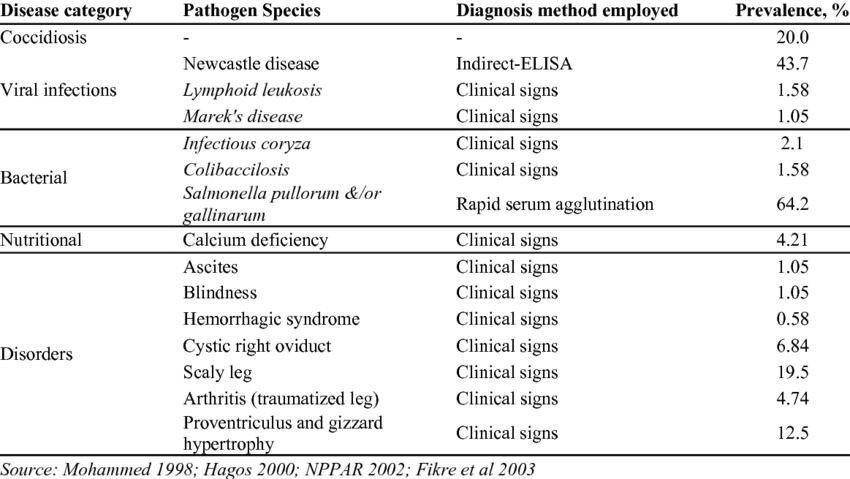

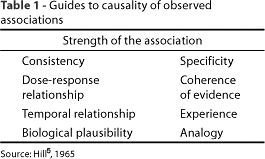

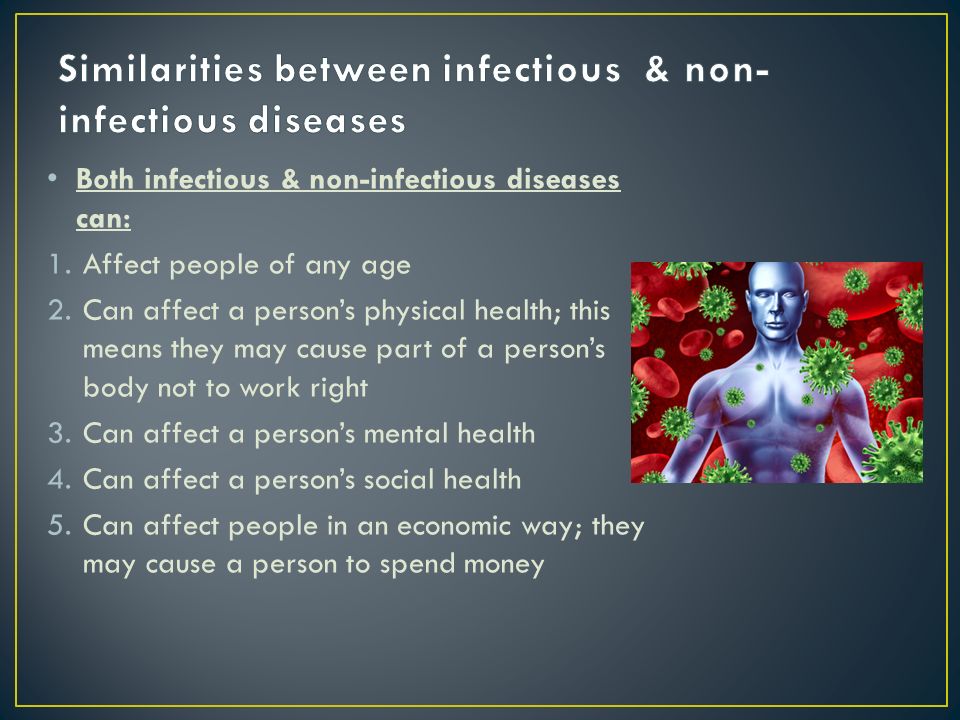


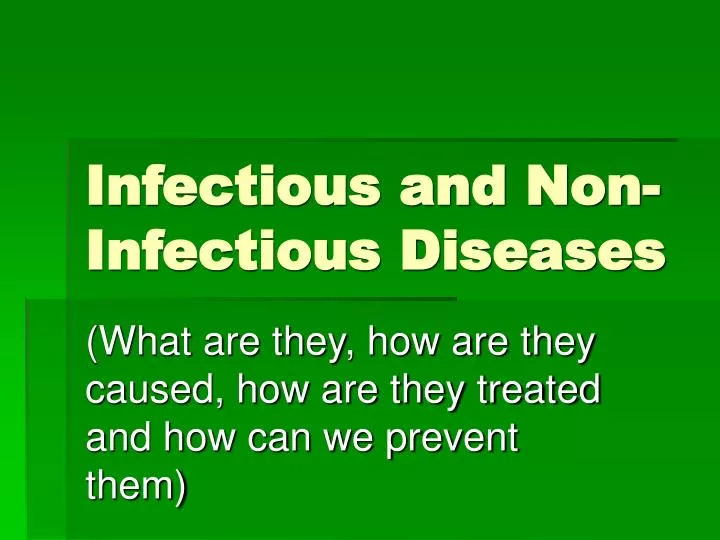


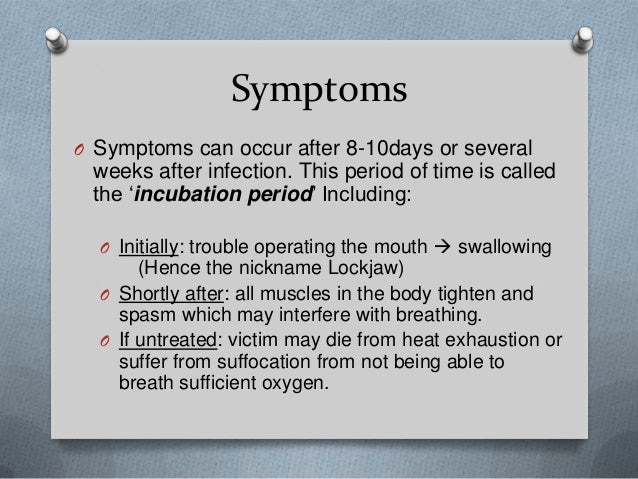






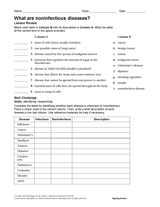

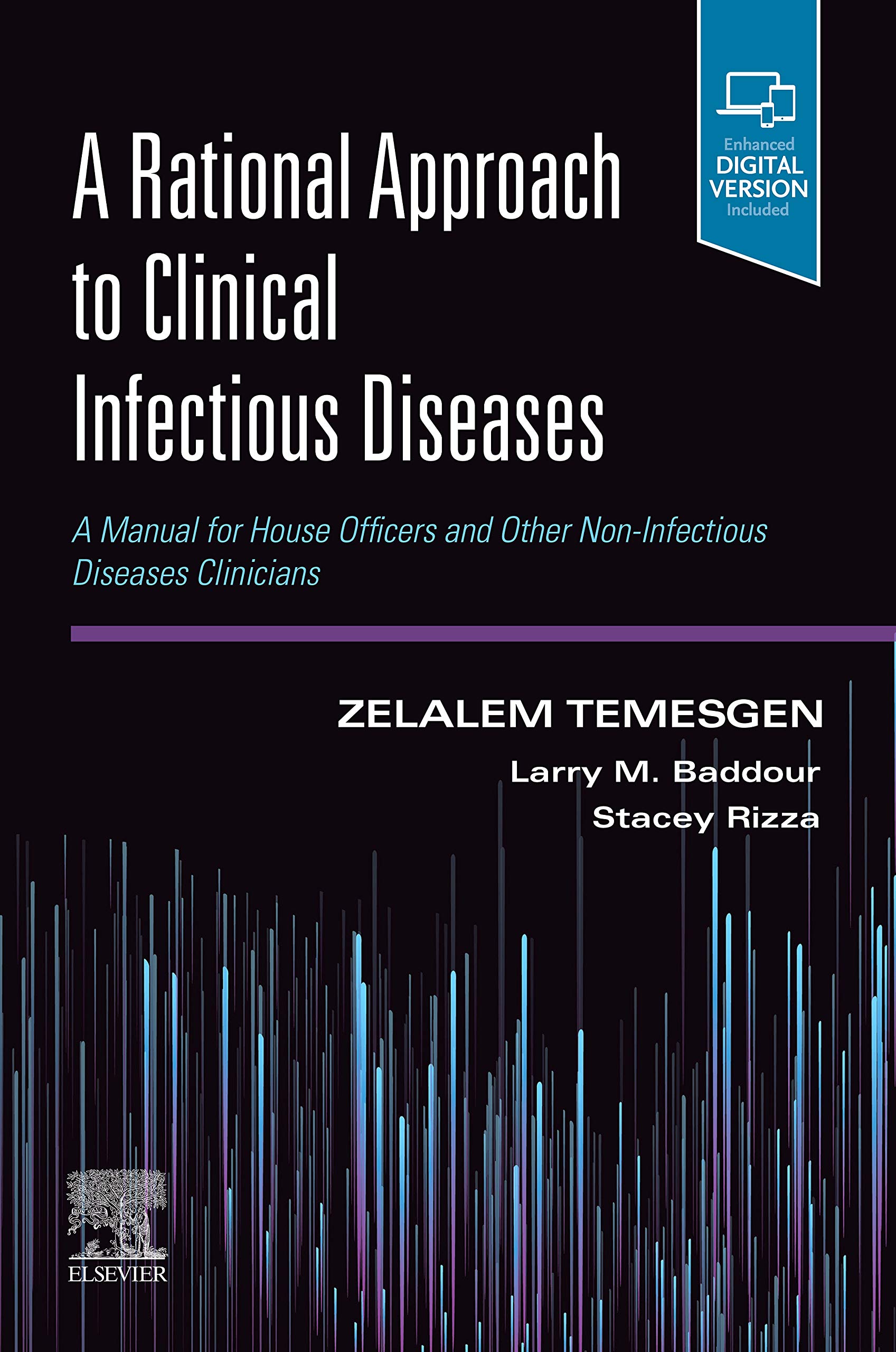

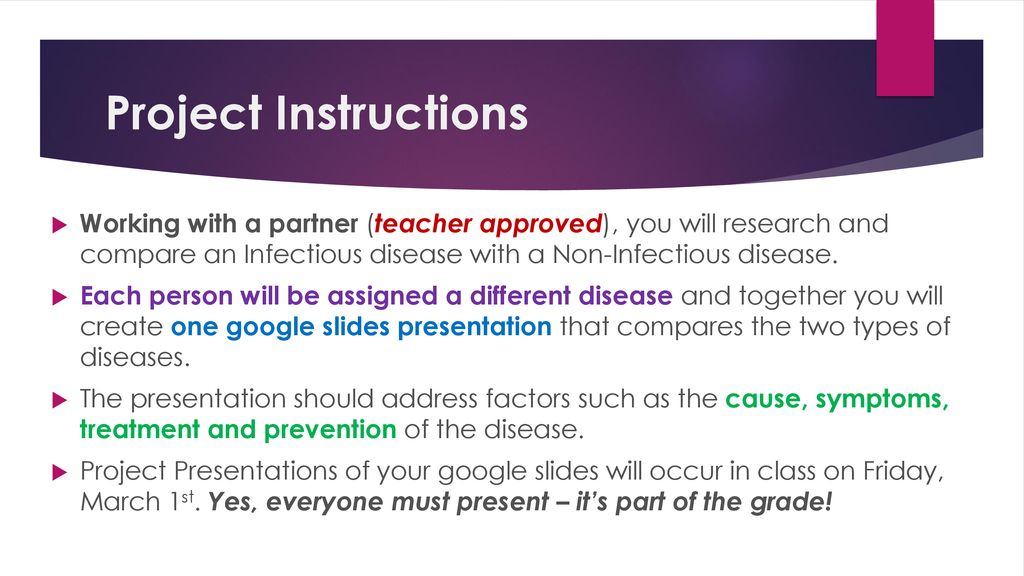
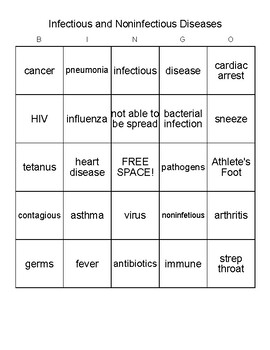


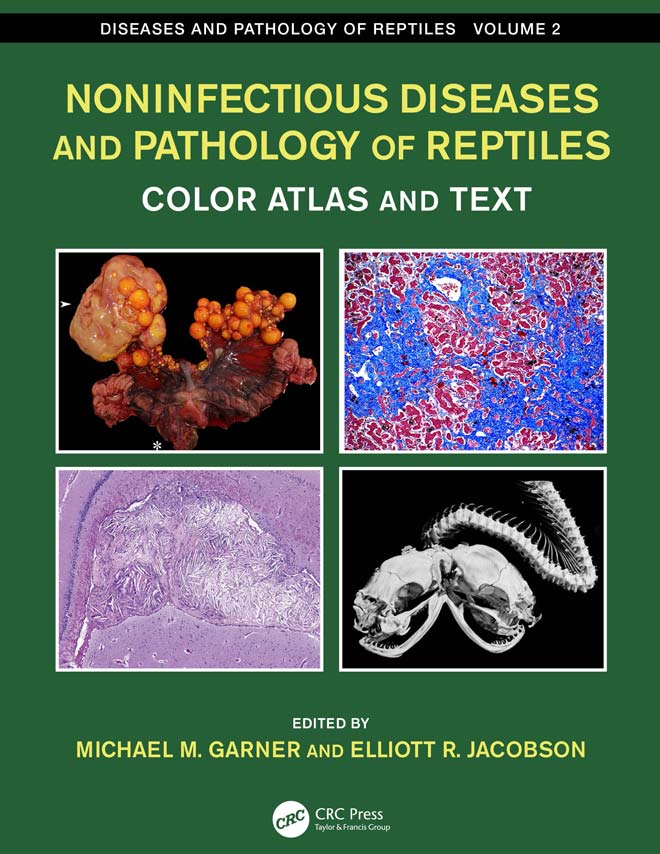
Post a Comment for "Infectious Vs Noninfectious Disease"